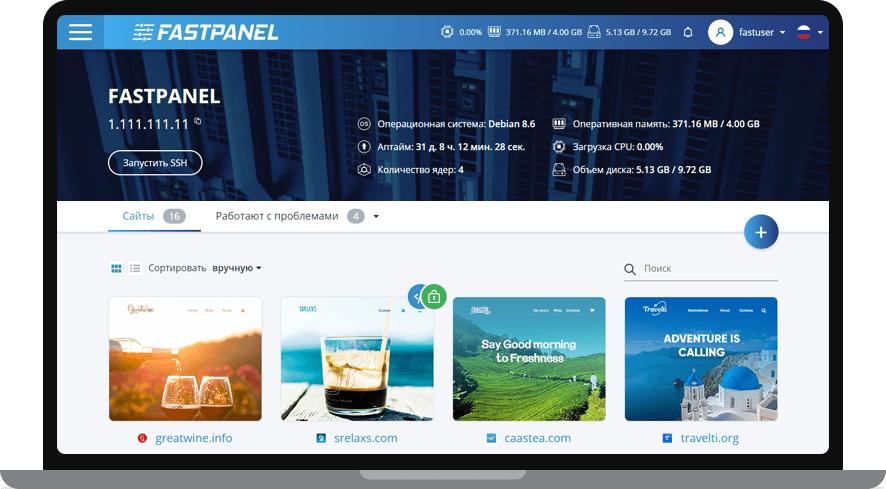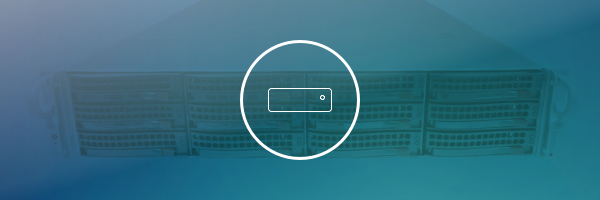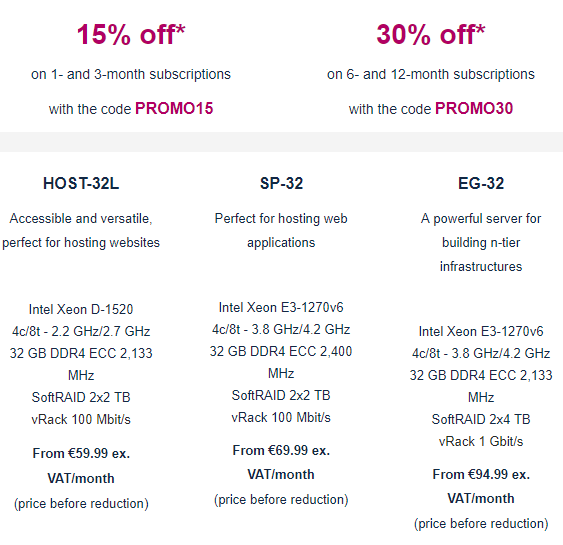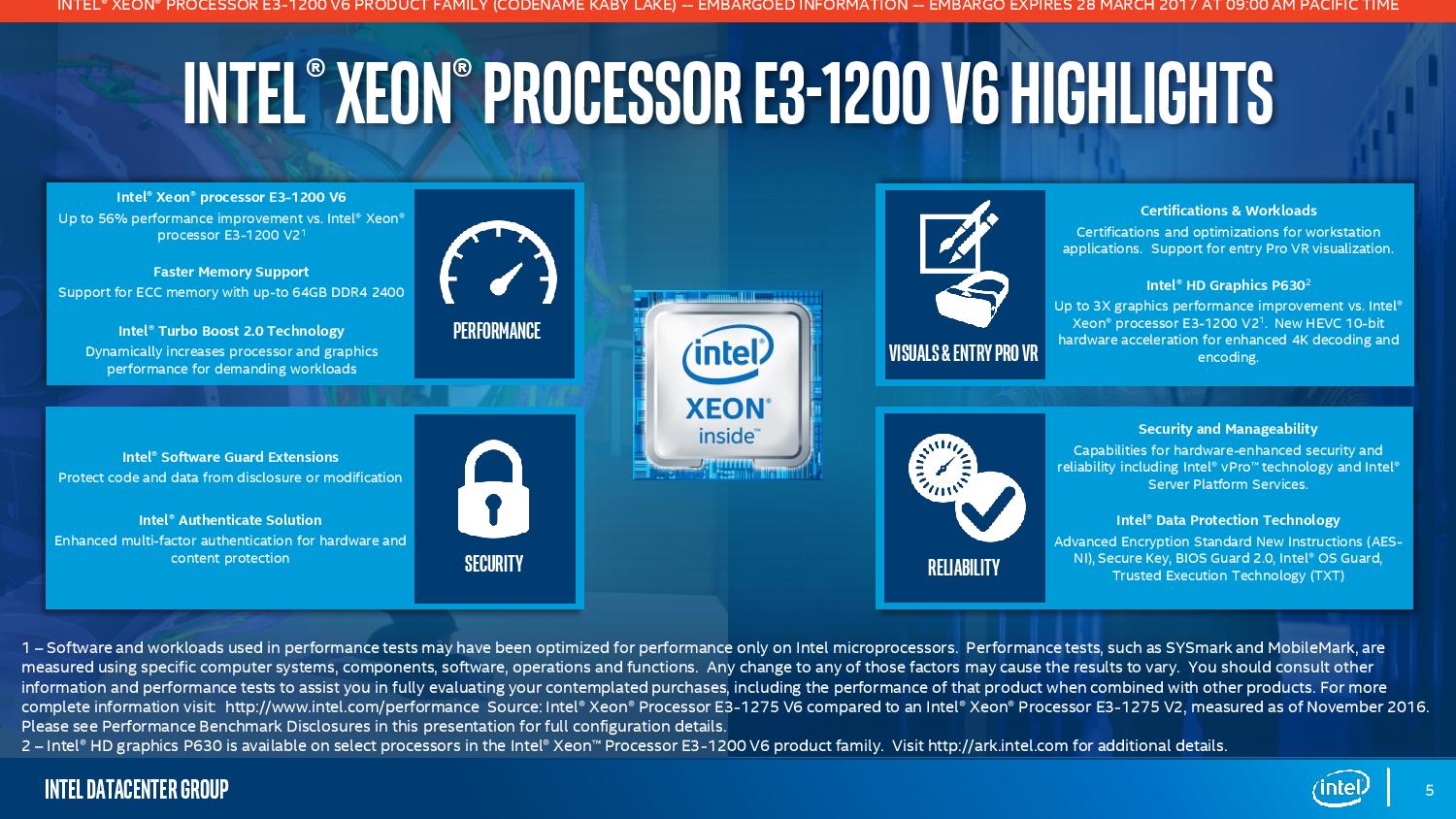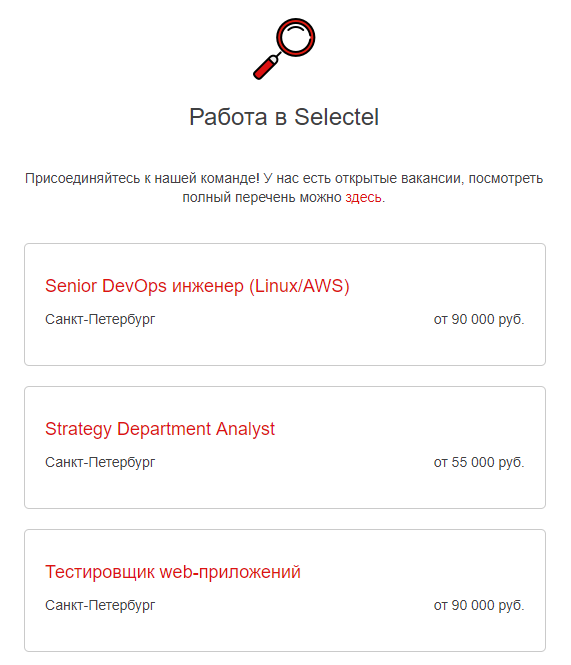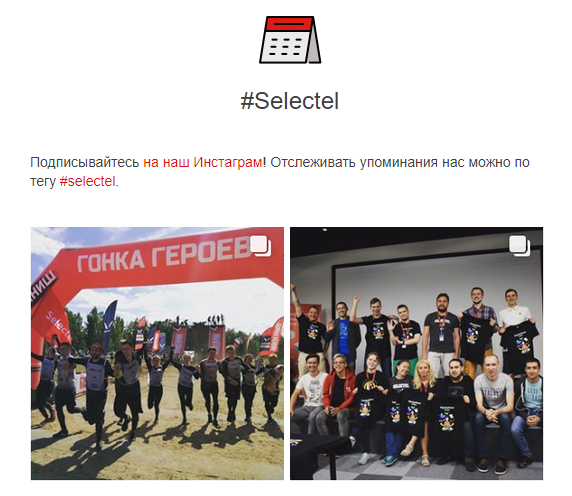Мы очень заинтересованы в поддержке Ethereum на Azure. Существующее решение Proof-of-Work было развернуто десятки тысяч раз в различных отраслях промышленности. Благодаря обширному развитию нашей платформы мы получили отличные отзывы от сообщества, которые помогли нам сформировать наш следующий продукт журнала Ethereum. Я очень рад объявить о выпуске доказательной доверенности Ethereum на Azure.
Доказательство-оф-Authority
Proof-of-Work — это механизм сопротивления Sybil, который использует затраты на вычисление для саморегулирования сети и обеспечения справедливого участия. Это отлично работает в анонимных открытых сетях, где конкуренция за криптовалютность способствует обеспечению безопасности в сети. Однако в частных / консорциумных сетях основной эфир не имеет ценности. Альтернативный протокол Proof-of-Authority более подходит для разрешенных сетей, где все участники консенсуса известны и авторитетны. Без необходимости добычи полезных ископаемых более эффективно, сохраняя при этом византийскую отказоустойчивость.
Предприятие-готово
Мы создали это решение с теми же принципами, что и во всех наших производственных сервисах в Microsoft. В Доказательстве полномочий каждый консенсусный узел в сети имеет свою собственную идентичность Ethereum. В случае, когда узел падает, важно, чтобы член не терял консенсус-участие. В идеале каждый участник будет использовать избыточные консенсусные узлы, чтобы обеспечить доступное сетевое присутствие. Для этого мы создали абстракцию, которая позволяет каждому консенсус-участнику делегировать несколько узлов для работы от их имени. Каждая сеть Azure Proof-of-Authority поставляется с нашей системой лизингового лизинга, которая гарантирует, что ни один из двух узлов не будет иметь идентичную идентификацию. В случае сбоя виртуальной или региональной сети новые узлы могут быстро разворачиваться и возобновлять идентификаторы предыдущих узлов.
Интеллектуальные контракты веб-сборки
Разработчики предприятий часто цитируют язык Solidity как один из самых больших болевых точек при разработке на Ethereum. Чтобы решить эту проблему, мы включили поддержку веб-сборки Parity, что позволяет разработчикам создавать интеллектуальные контракты на знакомых языках, таких как C, C ++ и Rust.
Azure Monitor
Это решение также поставляется с Azure Monitor для отслеживания статистики узлов и сетей. Для разработчиков приложений это обеспечивает видимость базового блока для отслеживания статистики генерации блоков. Операторы сети могут использовать Azure Monitor для быстрого обнаружения и предотвращения перебоев в сети с помощью статистики инфраструктуры и журналов запросов.
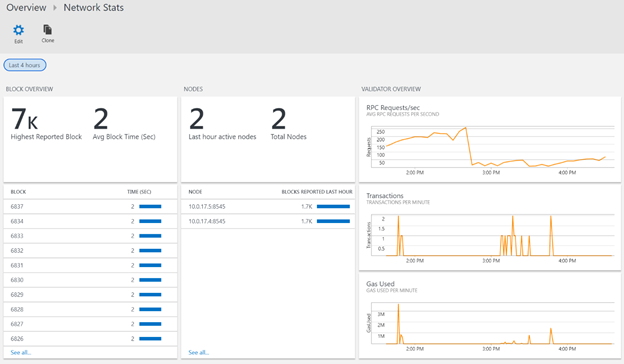 Расширяемое управление
Расширяемое управление
Многие из наших клиентов хотят участвовать в консорциуме, но не хотят управлять сетевой инфраструктурой. Мы использовали максимально расширяемый клиент Proof-of-Authority от Parity для создания уровня абстракции, который позволяет нашим пользователям отделять управление консорциумом от работы сети. Каждый член консорциума имеет право управлять сетью и, при желании, делегировать консенсусное участие оператору по своему выбору. Развертывание доверенности включает в себя управление DApp для упрощения делегирования голоса и валидатора. С помощью этого решения каждый член консорциума имеет опеку над своими ключами, что позволяет обеспечить безопасное подписание в предпочтительном кошельке, например, кошелек MetaMask в браузере, аппаратный кошелек Ledger или хранилище ключей Azure Key с подписью ECC.
Функции управления DApp
Децентрализованное управление. Изменения в сетевых полномочиях управляются посредством голосового управления по цепочке избранными администраторами.
Делегирование валидатора. Власти могут управлять своими узлами валидатора, которые настроены в каждом развертывании PoA.
Аудитичная история изменений. Каждое изменение записывается на блок-цепочке, обеспечивая прозрачность и аудитоспособность.
Подтверждение полномочий

Рисунок 1: Управление DApp позволяет управлять консорциумом на цепочке.
Мы рады видеть новые приложения, которые наши клиенты строят с помощью Ethereum Proof-of-Authority в Azure. Ознакомьтесь с нашим руководством по развертыванию, чтобы начать работу и узнать больше об архитектуре и управлении консорциумом.
azuremarketplace.microsoft.com/marketplace/apps/microsoft-azure-blockchain.azure-blockchain-ethereum
docs.microsoft.com/azure/blockchain-workbench/ethereum-poa-deployment
